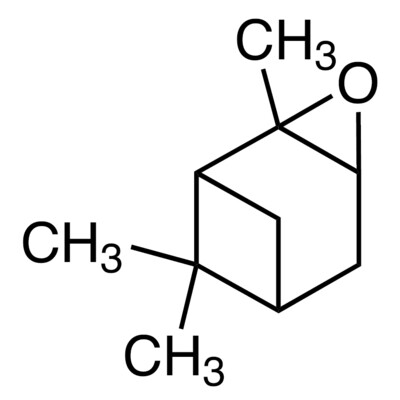Lithium nitrate, anhydrous 99.995% 50 g
SKU 004837-2
€ 299,70
In stock
1
Save this product for later
Lithium nitrate, anhydrous 99.995% 50 g
Product Details
CAS number: 7790-69-4
Chemical formulas: LiNO3/ F.W. 68.94/ m.p. 264
Cation: Li
Packaging: 50 g
EAN: 8721028233714
Brand: Laboratoriumdiscounter
Lithium nitrate, anhydrous, is a highly versatile compound used in various industries. With its unique properties, it finds applications in ceramics, glass manufacturing, and as a catalyst in chemical reactions. This inorganic salt also plays a crucial role in the production of lithium-ion batteries, making it an essential component in the rapidly growing electric vehicle industry. Explore the diverse uses and benefits of lithium nitrate, anhydrous, and discover its significant contributions to modern technology and sustainable energy solutions.
1. Always wear appropriate personal protective equipment, including gloves, goggles, and a lab coat when working with lithium nitrate, anhydrous. 2. Store lithium nitrate, anhydrous in a cool, dry, and well-ventilated area away from incompatible materials such as acids, organic materials, and reducing agents. 3. Use caution when handling lithium nitrate, anhydrous to avoid skin and eye contact. In case of contact, immediately rinse with plenty of water and seek medical attention. 4. Avoid inhaling dust or fumes from lithium nitrate, anhydrous. Use in a fume hood or well-ventilated area to minimize exposure. 5. In case of a spill, carefully clean up the material using appropriate absorbent materials and dispose of it according to local regulations. 6. Follow proper handling and storage procedures as outlined in the material safety data sheet (MSDS) for lithium nitrate, anhydrous.
Please note, not all safety data for this product is available on our website, for a complete list of P en H sentences and other safety instructions please request the MSDS at our customer service
You May Also Like

TERT-BUTYL (R)-3-HYDROXYBUTANOATE, 95%, 100mg
TERT-BUTYL (R)-3-HYDROXYBUTANOATE, 95%, 100mg
SKU F837075-100MG
€ 121,00

Ethyl (2,6-Difluorophenyl)acetate, 97.0%, 25g
Ethyl (2,6-Difluorophenyl)acetate, 97.0%, 25g
SKU F066793-25G
€ 451,00

Ethyl 5-cyclopropyl-5-oxovalerate, 97.0%, 2g
Ethyl 5-cyclopropyl-5-oxovalerate, 97.0%, 2g
SKU F207846-2G
€ 1 989,90
End user declaration required

alpha-Pinene Oxide>95.0%(GC)25mL
alpha-Pinene Oxide>95.0%(GC)25mL
Only for registered companies
SKU P1362-25ML
€ 31,90
![Benzo[d]oxazol-5-ylmethanol, 97%, 250mg Benzo[d]oxazol-5-ylmethanol, 97%, 250mg](https://d2j6dbq0eux0bg.cloudfront.net/images/88473019/4763345607.png)
Benzo[d]oxazol-5-ylmethanol, 97%, 250mg
Benzo[d]oxazol-5-ylmethanol, 97%, 250mg
SKU F719919-250MG
€ 366,30
Display prices in:EUR




![tert-Butyl 6-bromo-2H-benzo[b][1,4]oxazine-4(3H)-carboxylate, 95.0%, 250mg tert-Butyl 6-bromo-2H-benzo[b][1,4]oxazine-4(3H)-carboxylate, 95.0%, 250mg](https://d2j6dbq0eux0bg.cloudfront.net/images/88473019/4771466697.png)



